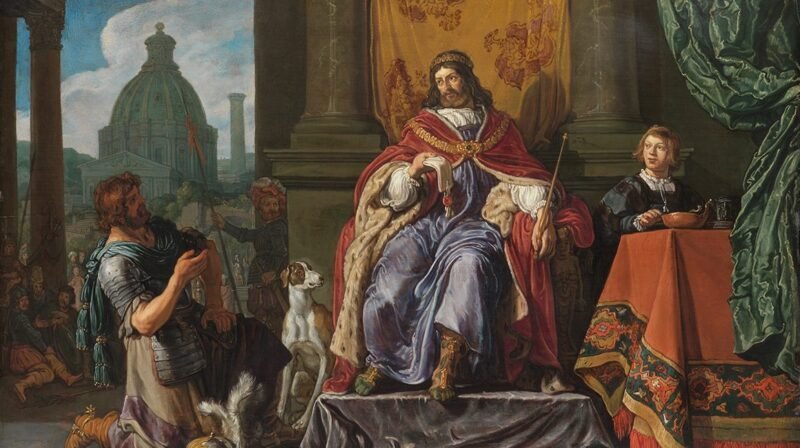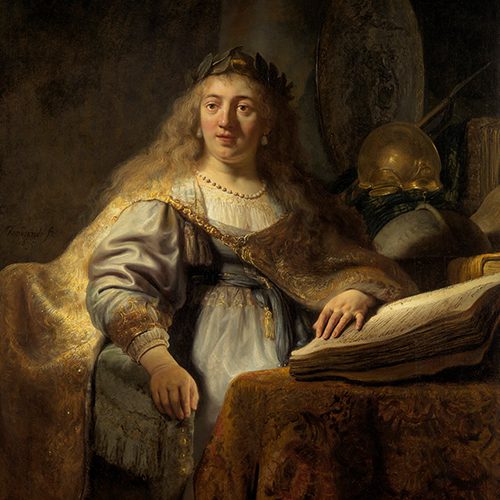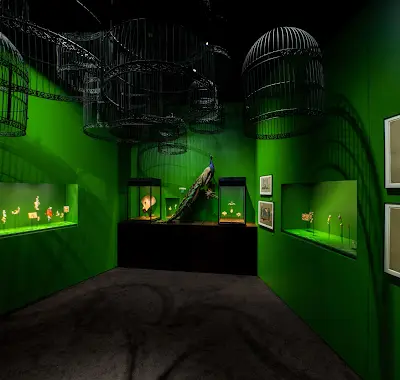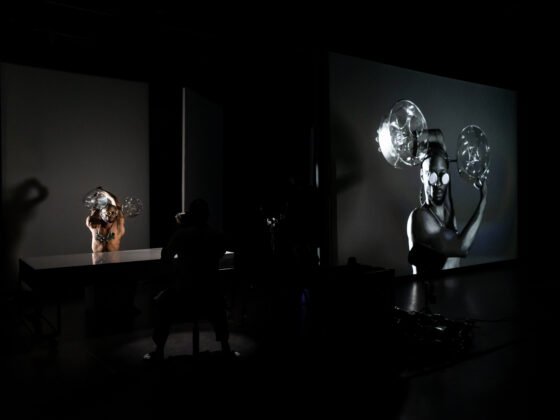A rare oil sketch on an oak panel titled ‘Head of a young man,’ by Rembrandt van Rijn, one of the most celebrated artists of the Dutch Golden Age, was acquired by Louvre Abu Dhabi in December. It is now on display at the LAD as part of a landmark exhibition titled: Rembrandt, Vermeer and the Dutch Golden Age featuring masterpieces from The Leiden Collection and the Musée du Louvre. It will be open to the public till May 18, 2019.

The exhibition is the largest of Dutch Masters from the 17th century held in the Gulf region to date which includes 95 paintings, drawings, and objects. With more than 20 works from across Rembrandt’s career, the exhibition is a survey of the Dutch master’s artistic journey from Leiden and Amsterdam, as well as his relationships with rivals and peers of the Dutch Golden Age including Jan Lievens, Ferdinand Bol, Carel Fabritius, Gerrit Dou, Frans van Mieris, Frans Hals and Johannes Vermeer.
The Dutch Golden Age was a brief period during the 17th century when the Dutch Republic, newly independent from the Spanish Crown, established itself as a world leader in trade, science, and the arts, and was regarded as the most prosperous state in Europe. In the arts scene, Rembrandt and Vermeer established themselves at the forefront of a new artistic movement characterised by a deep interest in humanity and daily life.
Rembrandt van Rijn (1606–1669) was an innovative and prolific master in draughtsmanship, painting and printmaking. He explored a wide range of style and subject matter from portraits to Biblical and mythological themes. He was one of history of art’s greatest storytellers, with an exceptional ability to capture the human soul in his artworks. Johannes Vermeer (1632–1675) specialised in domestic interior scenes of middle-class life. He worked slowly and often used very expensive pigments.
Among the many highlights in the exhibition are two works by Vermeer, The Lacemaker from Musée du Louvre and the Young Woman Seated at a Virginal from the Leiden Collection, that were painted on canvas cut from the same bolt. The two are on display side by side for what is thought to be the first time in 300 years. Another is the first-ever combined display of Rembrandt’s Bust of a Bearded Old Man from The Leiden Collection along with its custom carrying case commissioned by a previous owner of the painting, Andrew W. Mellon, the eminent early 20th-century financier and philanthropist.
The ‘Head of a young man’ painting is one of the finest examples of Rembrandt’s seven surviving oil sketches from the Face of Jesus group which were objects of private reflection for Rembrandt and bear witness to his iconoclasm and his search for a meditative ideal. When viewed with the other surviving sketches, it reveals the way in which Rembrandt could find the best angle or profile to use light to portray Jesus.
‘’The exhibition Rembrandt, Vermeer & the Dutch Golden Age illustrates not only the importance of cross-border cultural collaborations, but also how artistic creativity has always been at the heart of great historic moments”, said HE Mohamed Khalifa Al Mubarak, Chairman of the Department of Culture and Tourism – Abu Dhabi.
The exhibition is co-curated by Blaise Ducos, Chief Curator of Dutch and Flemish paintings at the Musée du Louvre and Lara Yeager-Crasselt, Curator of The Leiden Collection and a specialist in 17th century Dutch and Flemish art. It explores the evolution of Rembrandt’s career starting in his native Leiden where he created his early famed series of allegorical paintings of the Senses. These works demonstrate the artist’s youthful ingenuity and experimentation with expression, composition and colour. The Paintings are displayed alongside paintings by other masters from Rembrandt’s artistic circle, illustrating the influence that this remarkable group of artists had on each other’s work.
















